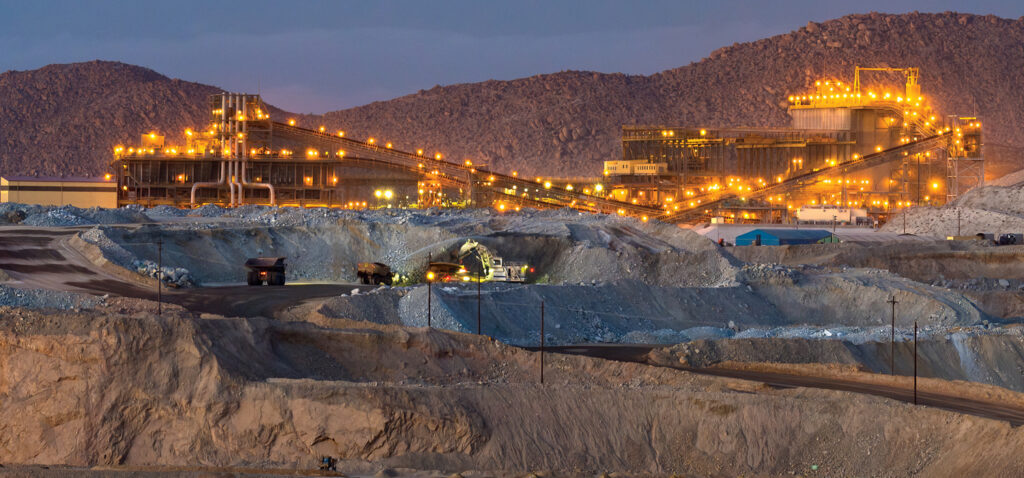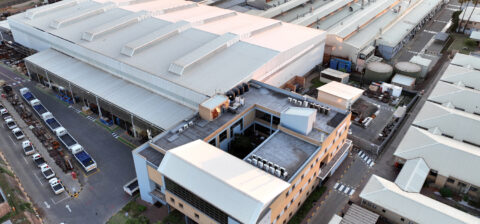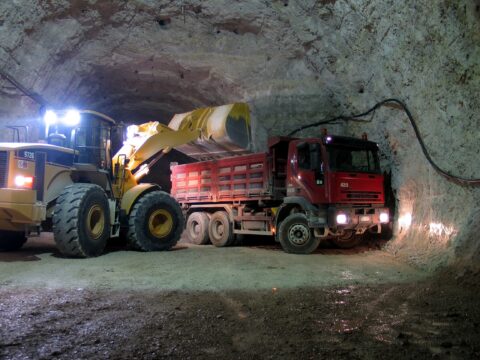SA Mining
AI, Automation And Future-Proofing The Mining Sector
Over the past decade, global mining companies have adopted autonomous operations, applying the technology to one area at a time – like haulage or drilling, or drones and remotely operated vehicles (ROVs).
Remote operations centres provide the analytics and human intelligence required for safe monitoring and operation of these assets. But traditional mine automation has continued to rely on fixed-function robotics that are unable to self-adapt to the dynamic and evolving nature of mining environments.
According to Seema Mehra, business head for Energy, Resources, Utilities, EPC, LifeSciences and Healthcare at TCS Asia Pacific, Middle East and Africa, artificial intelligence (AI) techniques – like computer vision and deep learning, combined with AI compute at the edge – have finally brought in intelligent, flexible, and adaptable modes for automation.
“AI-led automation has the potential to enhance adoption, making it, in most use cases, wider, faster, and easier – at least for the miners who have managed their data well,” she says.
“The advent of digitalisation and internet of things (IoT), blended with AI, has helped to catapult the mining industry to the frontiers of technological advancement. So, greater value can come from integration of data across these siloed functions, and mines can start linking the value chain together with the deep analytical capabilities of generative AI (GenAI) enabled by advances like chain of thought reasoning.”
In the emerging world of Industry 5.0, notes Mehra, mining 5.0 is rapidly assessing the adoption of AI and related technologies in human-cyber-physical systems (HCPS).
“The advanced techniques are being used in digital simulations for ROV route and load optimisation; ultra-accurate analysis of geo-physical and geo-chemical engineering data using quantum computing; AI in augmented or virtual reality (AR/VR)-based drilling; for early warning in mining safety and hazard prevention; combining IoT with environment 4.0 for mining territory restoration; and commodity market trigger sensing for smart contracts in ore sales.”
Importance of analytics
Jody Conrad, CEO of Krux Analytics, explains that real-time analytics helps mining companies catch issues before they snowball into major setbacks. By providing immediate insights into operations, companies can detect inefficiencies early, and take corrective action before they affect long-term profitability.
“Having real-time data in a normalised format ensures consistency, allowing for accurate comparisons across operations – an apples-to-apples view of performance. This visibility highlights the true impact of inefficiencies, prompting timely decisions to resolve delays, optimise workflows, and ensure drilling programmes stay on track,” she says.
“For example, real-time data may highlight that a drill rig is experiencing excessive standby time, due to inefficient shift changes. By catching this early, operators can adjust schedules, keeping rigs drilling instead of sitting idle. Small inefficiencies like these, when addressed proactively, can have a significant impact on overall productivity and profitability.”
Conrad indicates that beyond optimising operations, real-time analytics plays a crucial role in financial sustainability, by providing deeper insights into drilling costs and efficiencies. The data collected during the drilling stage significantly enhances budgeting accuracy, and helps companies plan future programmes with confidence.
“By ensuring that every dollar spent achieves the maximum metres drilled, mining companies gain greater clarity and confidence in their resource estimates. This not only improves decision-making but also extends mine life by optimising resource extraction and long-term planning.
“For example, by analysing drilling energy consumption, companies can identify inefficient rigs, optimise fuel usage, and reduce operational costs. Tracking water usage through real-time data also helps mines optimise consumption, reducing waste and improving cost efficiency.”
In essence, notes Conrad, leveraging real-time data not only ensures efficient resource utilisation today, but also strengthens the long-term economic viability of a mine – maximising returns over its entire lifespan.
Redesigning mine operations
By leveraging and learning from the data collected today, she continues, we are actively shaping the future of mining. As we uncover the true value of different data sources, we can expand data collection frequency and quality, leading to continuous improvement.
“This evolution enables greater optimisation and automation, allowing mining operations to become more efficient, cost-effective, and sustainable. The more we refine our data-driven approach, the more we unlock opportunities to streamline workflows, reduce waste, and enhance decision-making.
“Mining companies that fail to harness their data risk being outpaced by competitors who are leveraging real-time insights for smarter, faster decision-making. The future belongs to those who invest in data today.
“In an industry where margins and resources are critical, data is not just an advantage – it’s the foundation for long-term success,” says Conrad.
Mehra points out that AI has already helped make mining operations resilient, through the predictive monitoring of asset failure, thereby ensuring zero downtime. AI improves worker safety and accelerates automation too, making mining operations more efficient, cost effective, and scalable – and therefore there are zero boundaries or constraints to mining operations.
“AI enables mining organisations in their net-zero journey and beyond, through decarbonisation, minimisation of waste avoidance, and energy consumption. AI further assists in bio-conservation, to protect the ecological footprint of the region, as well as restoration of end-of-life mines. We believe AI models will help optimise the entire pit-to-port operations in a truly seamless, integrated and intelligent way.
“Moreover, the symbiosis of human and machine intelligence makes it possible to redesign mine operations for modular, flexible processes, where capacity can be scaled up or down in small increments. This can future-proof mining from a financial perspective, freeing it from the boom-to-bust cycles of large capex and capacity additions. In fact, in just a few years, it may be difficult to find a facet of mining that remains untouched by AI,” she says.





